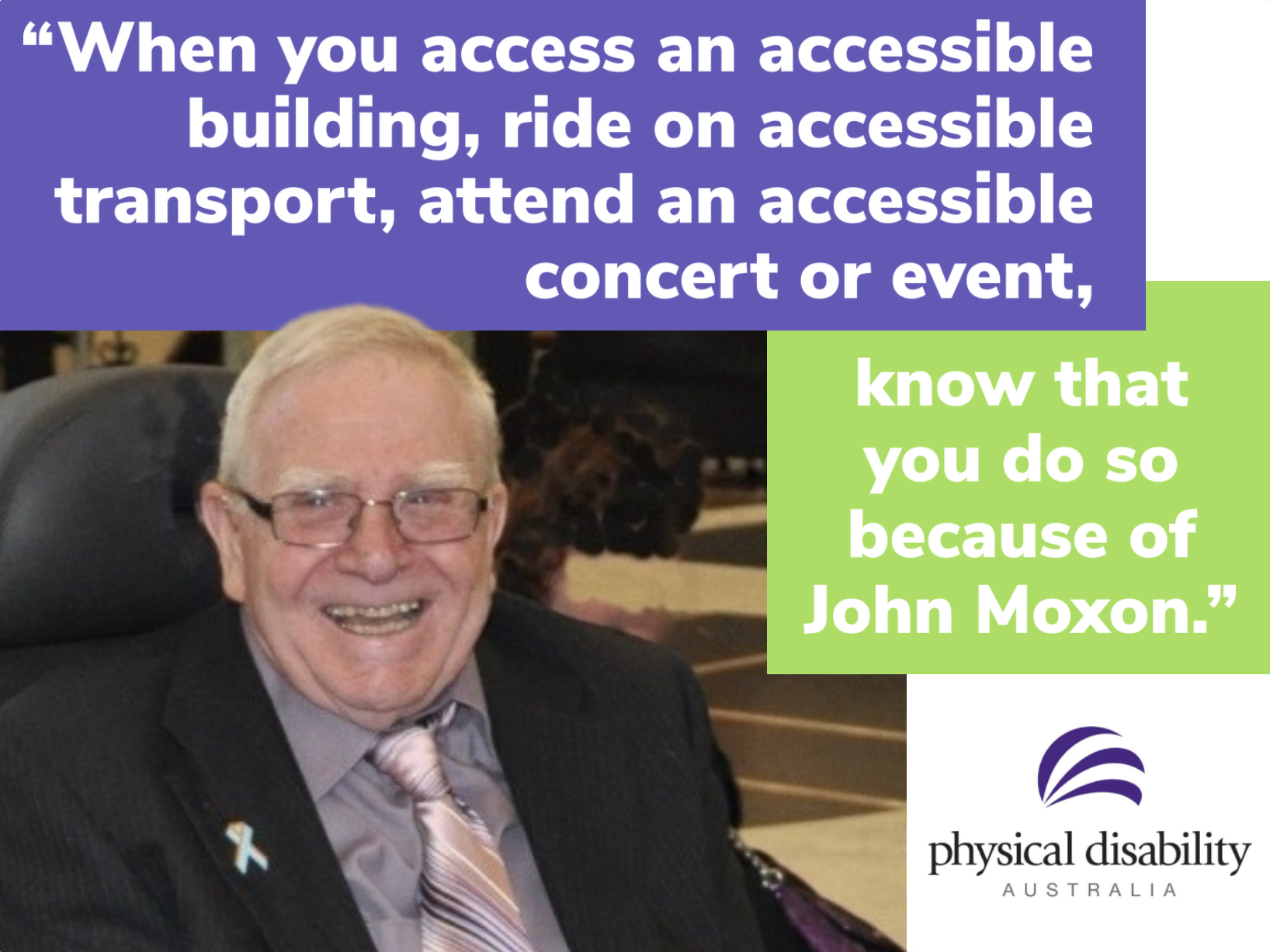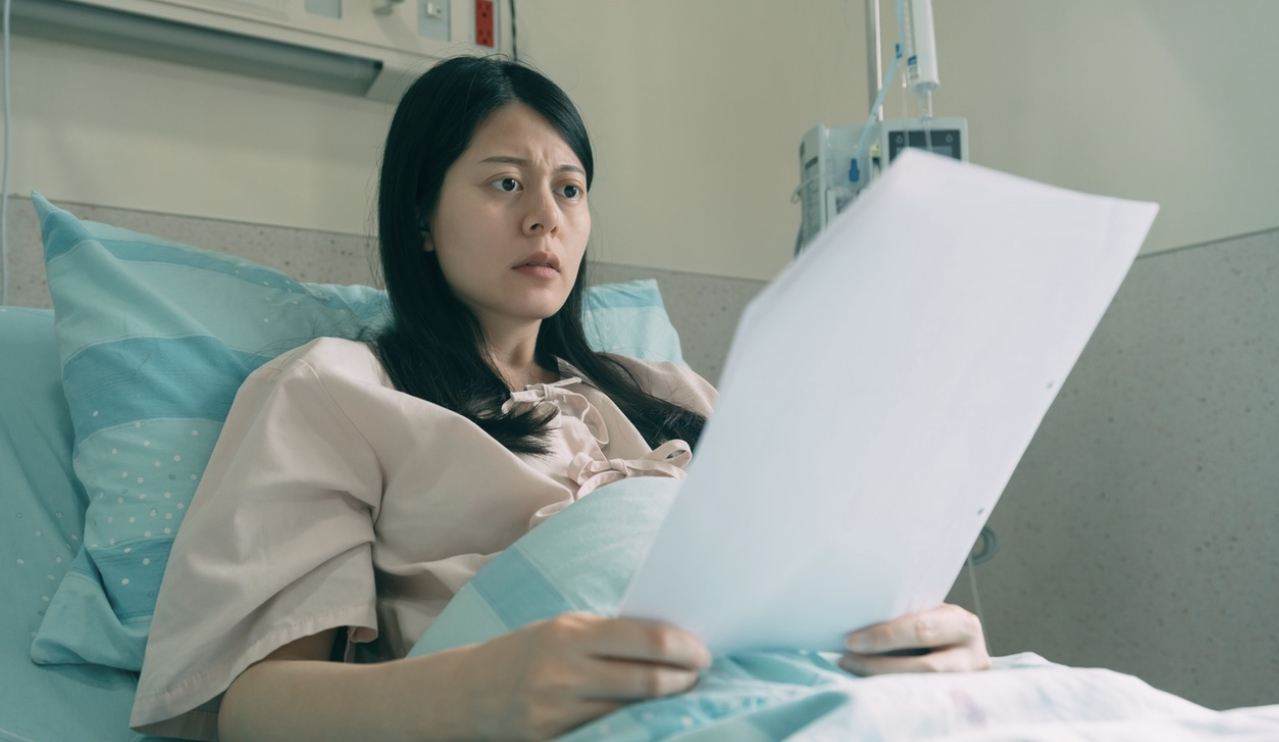written by PDA’s Ambassador, Dr Dinesh Palipana OAM

As a doctor with a spinal cord injury, I’ve had the opportunity to gain a unique insight into healthcare delivery for people with disabilities. Physical access is often an issue, even in big hospitals.1 Flexibility is necessary, considering the unpredictable impact on time because of a different lifestyle. However, my most striking experiences have been in the diagnosis of sometimes life-threatening conditions.
With a spinal cord injury for example, patients mightn’t give a classical story for common conditions because of differences in sensation.2 For the same reason, physical examinations may not turn up anything useful for the doctor.3
I once woke up with chest pain, breathlessness, sweating and palpitations. It didn’t get better. Over time, this was reviewed by a few different doctors but was eventually put down to anxiety. I became frustrated and listened with my own stethoscope. I could hear some sounds in the lungs suggestive of a few different problems, but no one heard me out. Eventually, I started losing consciousness every day. Then, someone took notice. We eventually found a significant amount of fluid around one lung. The issue took weeks to identify. I ended up in an intensive care unit.
Another time, I was a patient in an overseas emergency department that wasn’t aware of autonomic dysreflexia – a potentially fatal complication of a spinal cord injury. I knew what was happening then, but no one listened. I thought that the end was near that day. Fortunately, we knew a doctor who turned up and handled the situation in the eleventh hour. In contrast, I’ve been under the care of an open-minded local emergency department who listened and identified the problem quickly.
This state of affairs is no one’s fault. In medical school, doctors are required to learn about a thousand and one different things. While specialty training as a doctor, the focus becomes even more narrow. There is just no time to cover the long-term intricacies of conditions like a spinal cord injury.
General practitioners are the frontline in Australian health care. They are the first that can see the hint of a problem. A proactive approach prevents problems at the gates, but this requires an understanding of what to look for in this unique population. Even in the early 1900s, people with spinal cord injuries for example lived very short lives because of complications. It was often a death sentence. In some parts of the world, this is still the case. But, we have the resources to ensure that our population can live a healthy and productive life comparable to those without similar injuries. Today, medicine can do that.
I must note too that we often see people in the hospital with questionable treatment given to them by their daily caregivers. Caregivers are an invaluable part of society but as with everything, some reckless ones still pervade what is perhaps one of the most precious relationships. More than once, I have seen needless injuries and negligent care. I even had a personal interaction with a caregiver who laughed about dropping their helpless client.
I’m fortunate to be in a position to have some understanding of the life experience in someone with a disability who presents for healthcare. I remember one night when a patient said, “I’m so glad that you came into this room as my doctor, because I knew that you’d understand”. I’ve also been lucky enough to have the background to adequately direct my own health care. I wonder though, what about the thousands that are voiceless?
It’s never productive to just talk about problems. What are the solutions? I can think of two immediate things.
One, is education. I’ve been involved with developing education initiatives on spinal cord injury for general practitioners. The goal is to have some upskilled general practitioners in this area that people can access for care. It’s that simple. Upskilling general practitioners to have a special interest in various disabilities is important. Thoughtful care in the community can reduce hospitalisation and resource use; and save lives.4 However, it will be up to us – the community – to drive these initiatives. No one else has a vested interest to do so.
Two, is having more people with disabilities in the health professions. I faced more than one challenge in becoming a doctor with a spinal cord injury. I once talked to a student in a wheelchair who wanted to study speech pathology, but was told that they couldn’t. These stories are not isolated. The health professions have ironically been resistant to include the very people that they treat. We are now starting to make headway in medicine. Other professions must come into line too. What better way to change healthcare for better than to include lived experiences?
Australia is leading the way in social changes for an inclusive society. We have an opportunity to create an inclusive healthcare system as well.5 We’ve seen the horrors of areas like aged care exposed in Royal Commissions. We don’t need to wait for the same in disability and healthcare. With a grassroots effort from us all, we can make it happen.
References:
1. Guilcher S, Munce S, Couris C, Fung K, Craven B, Verrier M et al. Health care utilization in non-traumatic and traumatic spinal cord injury: a population-based study. Spinal Cord. 2009;48(1):45-50.
2. Strauther G, Longo W, Virgo K, Johnson F. Appendicitis in patients with previous spinal cord injury. The American Journal of Surgery. 1999;178(5):403-405.
3. Ingram R, Suman R, Freeman P. Lower limb fractures in the chronic spinal cord injured patient. Spinal Cord. 1989;27(2):133-139.
4. Guilcher S, Craven B, Calzavara A, McColl M, Jaglal S. Is the emergency department an appropriate substitute for primary care for persons with traumatic spinal cord injury?. Spinal Cord. 2012;51(3):202-208.
5. Donnelly C, McColl M, Charlifue S, Glass C, O’Brien P, Savic G et al. Utilization, access and satisfaction with primary care among people with spinal cord injuries: a comparison of three countries. Spinal Cord. 2006;45(1):25-36.




A very interesting read – helpful to all. Thanks Dinesh
Thanks for this piece Dinesh. Respecting our patients, listening carefully and actively, as well as always being mindful of what we can do to make inclusivity a thriving positive force – these are all things I think about from your piece. As a first year med student, I can say that Griffith are doing a good job at facilitating these concepts from entry level. You’re a legend man!